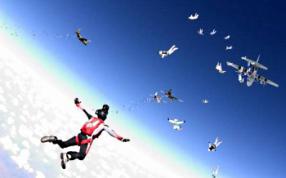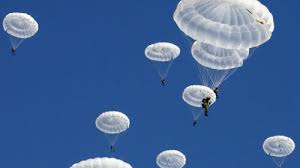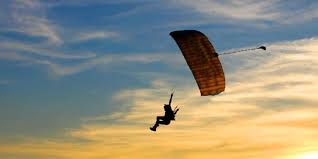domes
U-Turn Physics under the Dome (part 1)
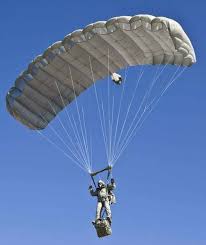 I hope that my comments above will help the reader to understand what happens during the U-turn. In short, both types of U-turns lead to an increase in vertical and horizontal speed, however, for a planned maneuver, U-turns using the front free ends are generally preferable as leaving more “backlash” in case of calculation errors or sudden changes in the situation. Unfortunately, most of the unplanned, “panic” U-turns are made by just the brakes, which led to a considerable number of accidents. Continue reading
I hope that my comments above will help the reader to understand what happens during the U-turn. In short, both types of U-turns lead to an increase in vertical and horizontal speed, however, for a planned maneuver, U-turns using the front free ends are generally preferable as leaving more “backlash” in case of calculation errors or sudden changes in the situation. Unfortunately, most of the unplanned, “panic” U-turns are made by just the brakes, which led to a considerable number of accidents. Continue reading
Beginner Tips – Low U-Turn (part 3)
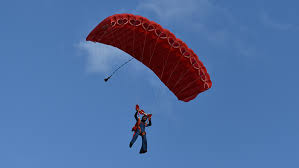 Acceleration using the front free ends has a number of important advantages compared to turning the brakes. Acceleration with the help of the front free ends accelerates the dome, and a turn with brakes, on the contrary, slows it down. This difference is especially apparent at the end of a reversal. After a turn on the front, the dome slows down to its normal speed and tends to return to a neutral position above the pilot. Continue reading
Acceleration using the front free ends has a number of important advantages compared to turning the brakes. Acceleration with the help of the front free ends accelerates the dome, and a turn with brakes, on the contrary, slows it down. This difference is especially apparent at the end of a reversal. After a turn on the front, the dome slows down to its normal speed and tends to return to a neutral position above the pilot. Continue reading
Beginner Tips – Low U-Turn (part 1)
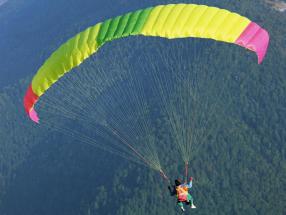 Starting from the very first jumps, skydivers are taught that a low U-turn is one of the main causes of parachuting accidents. When turning, the vertical speed increases, and when exiting it, it goes into horizontal. One must be very careful in controlling the energy of the U-turn in order to avoid a collision with the ground. It doesn’t matter if the U-turn was the result of improvisation or a pre-planned maneuver, if contact with the surface occurs before the dome returns to normal, it can cause serious injury or death. Continue reading
Starting from the very first jumps, skydivers are taught that a low U-turn is one of the main causes of parachuting accidents. When turning, the vertical speed increases, and when exiting it, it goes into horizontal. One must be very careful in controlling the energy of the U-turn in order to avoid a collision with the ground. It doesn’t matter if the U-turn was the result of improvisation or a pre-planned maneuver, if contact with the surface occurs before the dome returns to normal, it can cause serious injury or death. Continue reading


